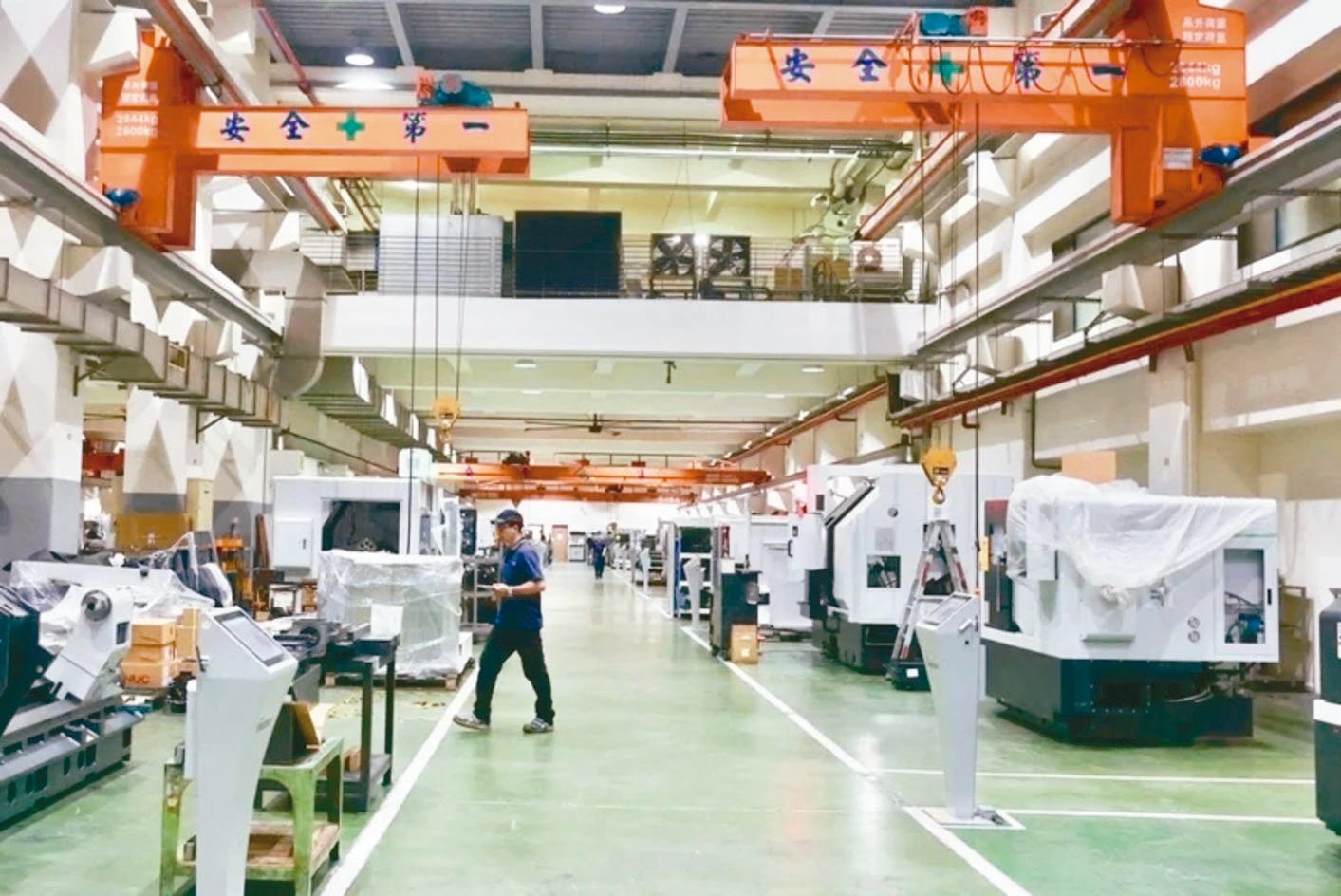Taiwan's Machine Tool Industry Faces Pressure from Both Ends
2025/10/22 | By CENS
The Taiwan Machinery Association (TAMI) stated yesterday (October 21) that the Japanese yen has depreciated by 48% since 2021, while the New Taiwan dollar has weakened by only 7.4%, creating a gap of over 40%. “This effectively means Japanese machine tools are now being sold to customers at a 40% discount,” the association noted, adding that most high-end Japanese models are now cheaper than their Taiwanese counterparts — leaving Taiwan’s manufacturers struggling to compete in global markets.
TAMI Secretary-General Hsu Wen-tung further pointed out that Taiwan’s high-end five-axis machine tool exports have been hit by Japan’s currency advantage, while mid- and low-end products face intense price competition from mainland China. “Caught between these two pressures — Japan above and China below — the industry is trapped,” Hsu said, noting that Taiwan’s machine tool exports fell 6.4% year-on-year in the first nine months of 2024.
The remarks were made during the TAMI 80th Anniversary International Summit Forum, where major manufacturers gathered to discuss industry trends. Attendees agreed that industrial transformation and upgrading are the only viable paths for the future.
Despite challenges in the machine tool segment, TAMI emphasized that overall machinery exports from Taiwan grew about 6% year-on-year in the first nine months of 2024. Sectors such as semiconductor, woodworking, rubber and plastics, and food machinery benefited from customization and differentiation, allowing them to adapt to overseas customer needs. These industries are less affected by exchange rate fluctuations, with stable or even growing order volumes.
According to TAMI statistics, Taiwan's total machine tool exports reached US$1.52 billion in the first nine months of 2024, down 6.4% from a year earlier. Mainland China remained the top destination, accounting for 27.1% of exports (down 10.5% year-on-year), followed by the United States at 16.2% (down 1.2% year-on-year).
Hsu noted that Taiwan's mid- to low-end machinery has long been recognized for its cost performance and reliable after-sales service. However, mainland China’s international expansion — including acquiring European firms and attracting foreign manufacturers to establish local production — has significantly raised its competitiveness. Moreover, China's steel prices are roughly one-third of Taiwan's, giving its producers a substantial cost advantage. As a result, Taiwan is losing mid- and low-end product orders in Southeast Asia to mainland competitors.
Hsu stressed that Taiwan's machinery export“pie” is shrinking, and relying solely on price competitiveness is no longer sustainable. Exchange rate fluctuations can quickly erode pricing advantages. The industry must pursue differentiation, customization, and value-added solutions to attract customers and justify premium pricing. For instance, industrial machinery exports — particularly in semiconductor, woodworking, rubber/plastics, and food machinery — grew around 6% in the first nine months and already have orders booked through Q1–Q2 2025.
Facing increasing global headwinds, Hsu encouraged manufacturers to leverage government resources and incentives. The government currently provides transformation, R&D, and marketing subsidies to mitigate tariff and exchange rate impacts. “Enterprises should utilize these programs to identify new markets,” Hsu advised. “If we continue to compete solely on price, Taiwan will only be at a disadvantage.”

